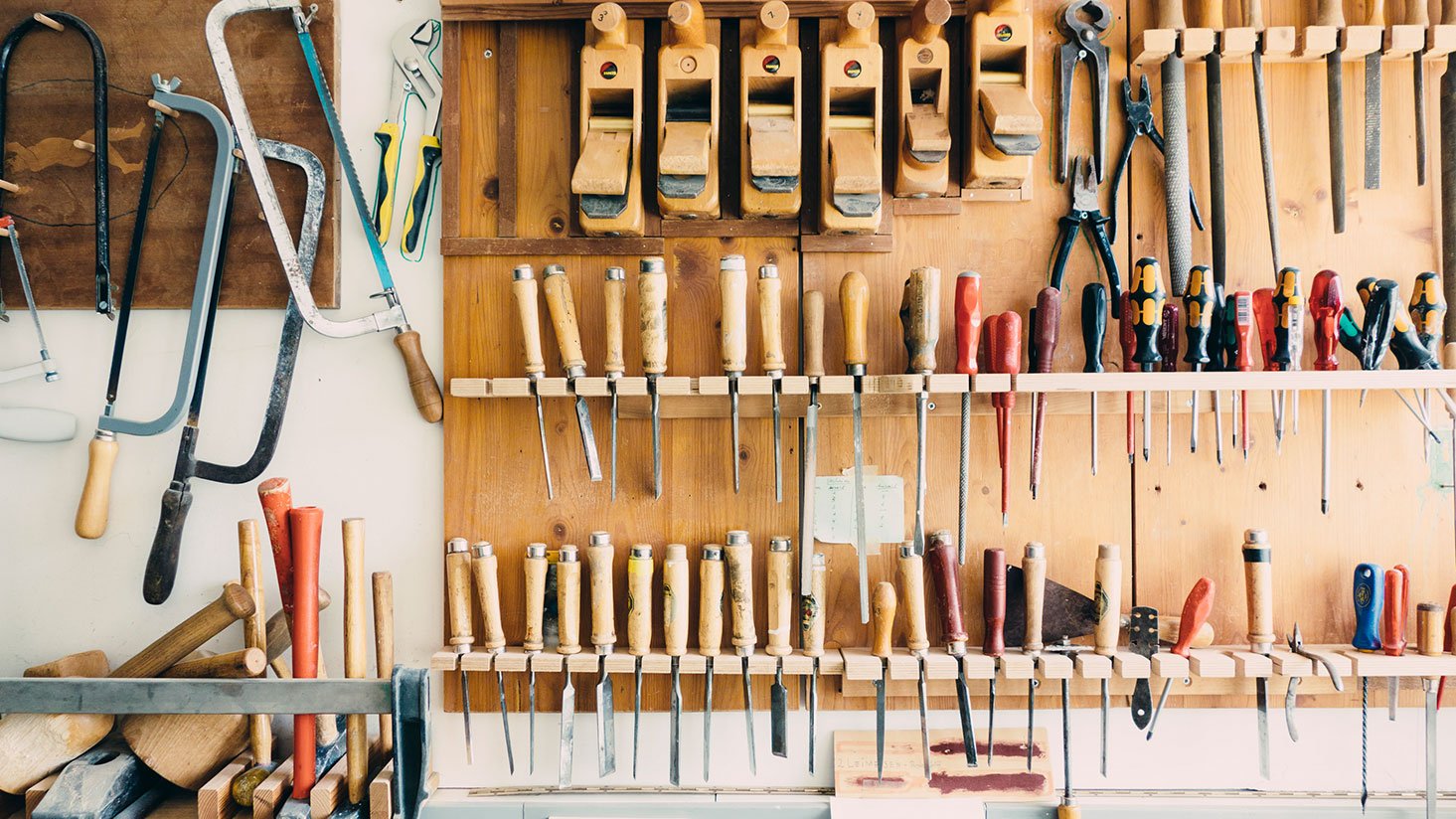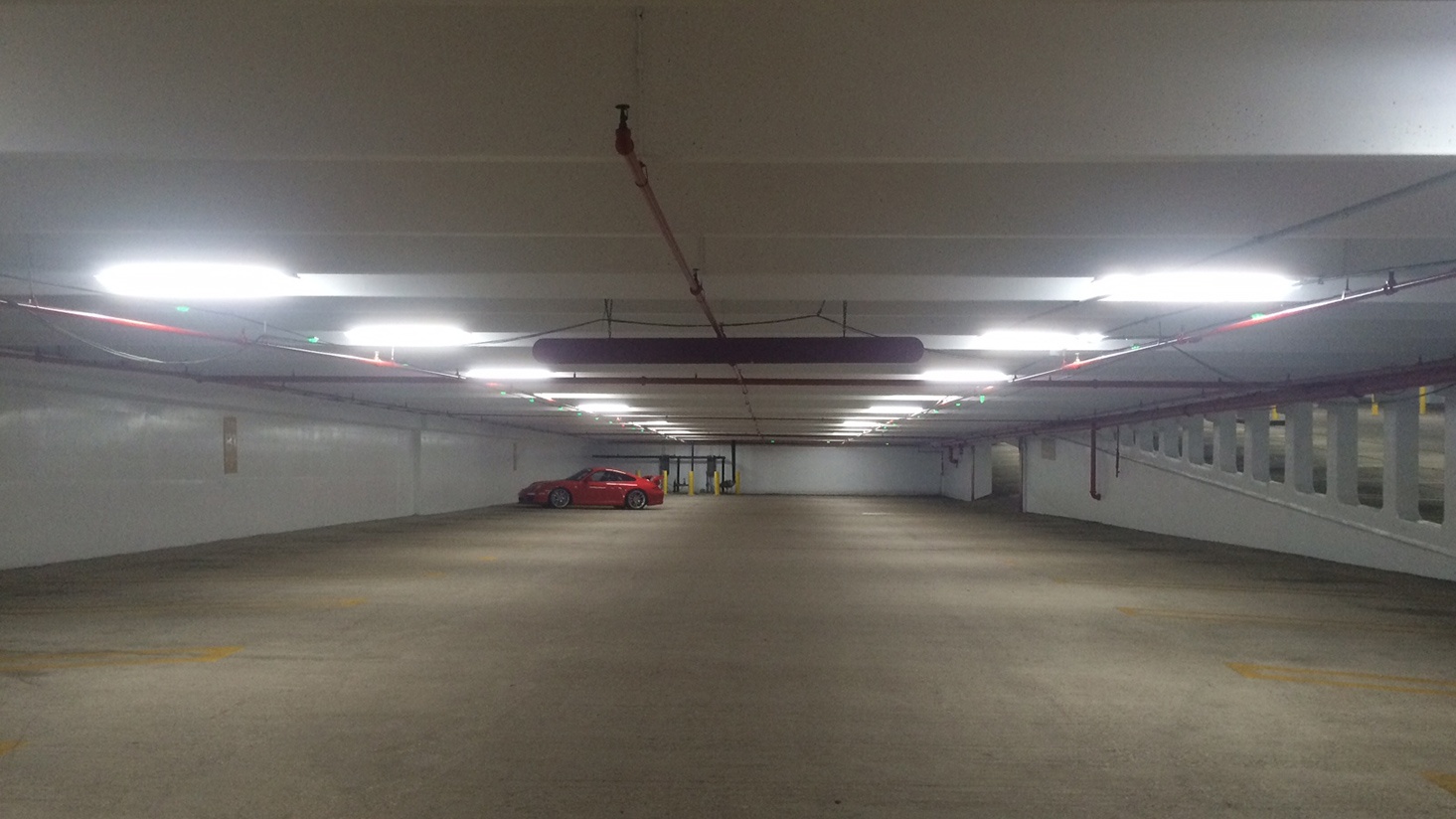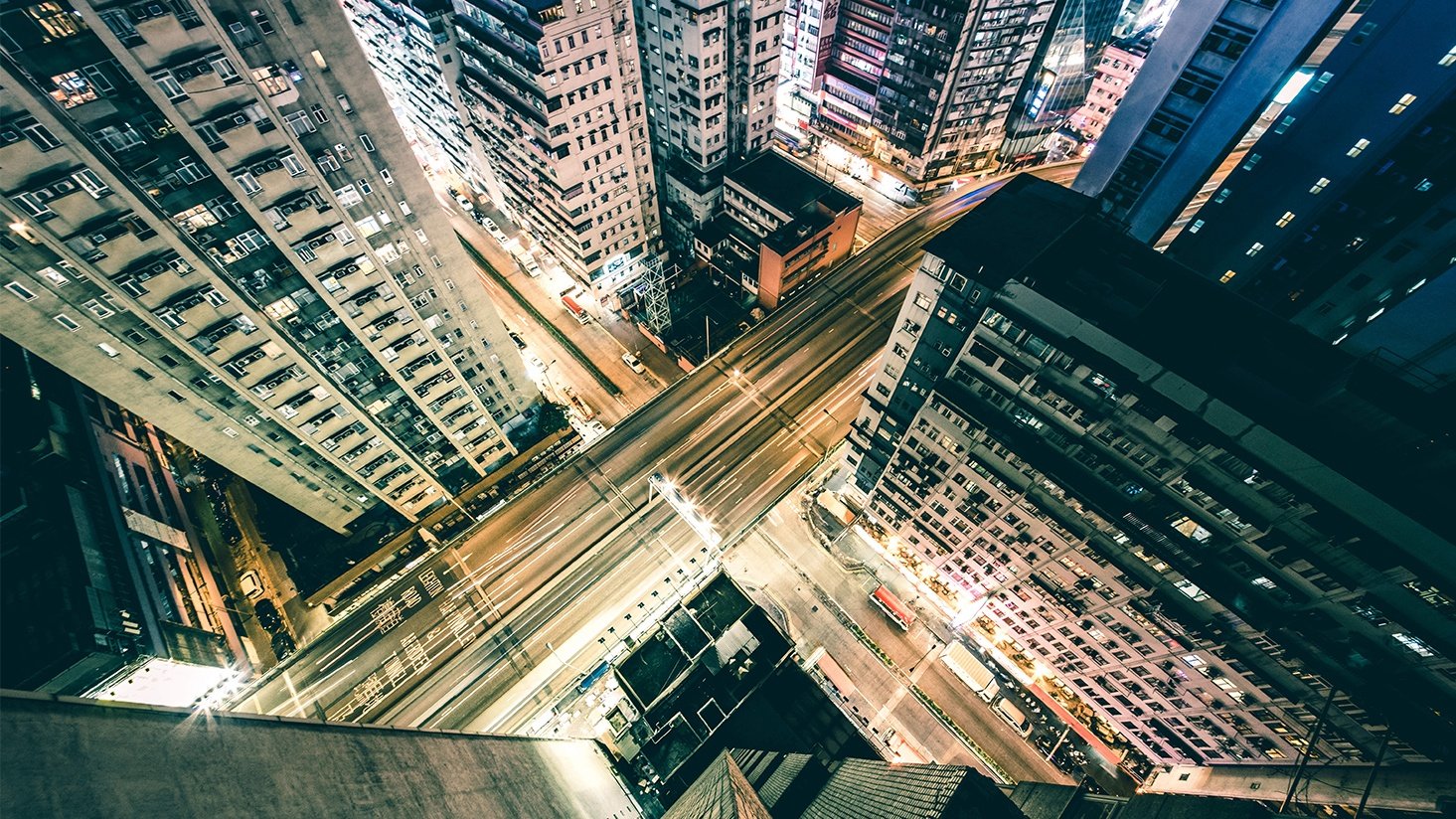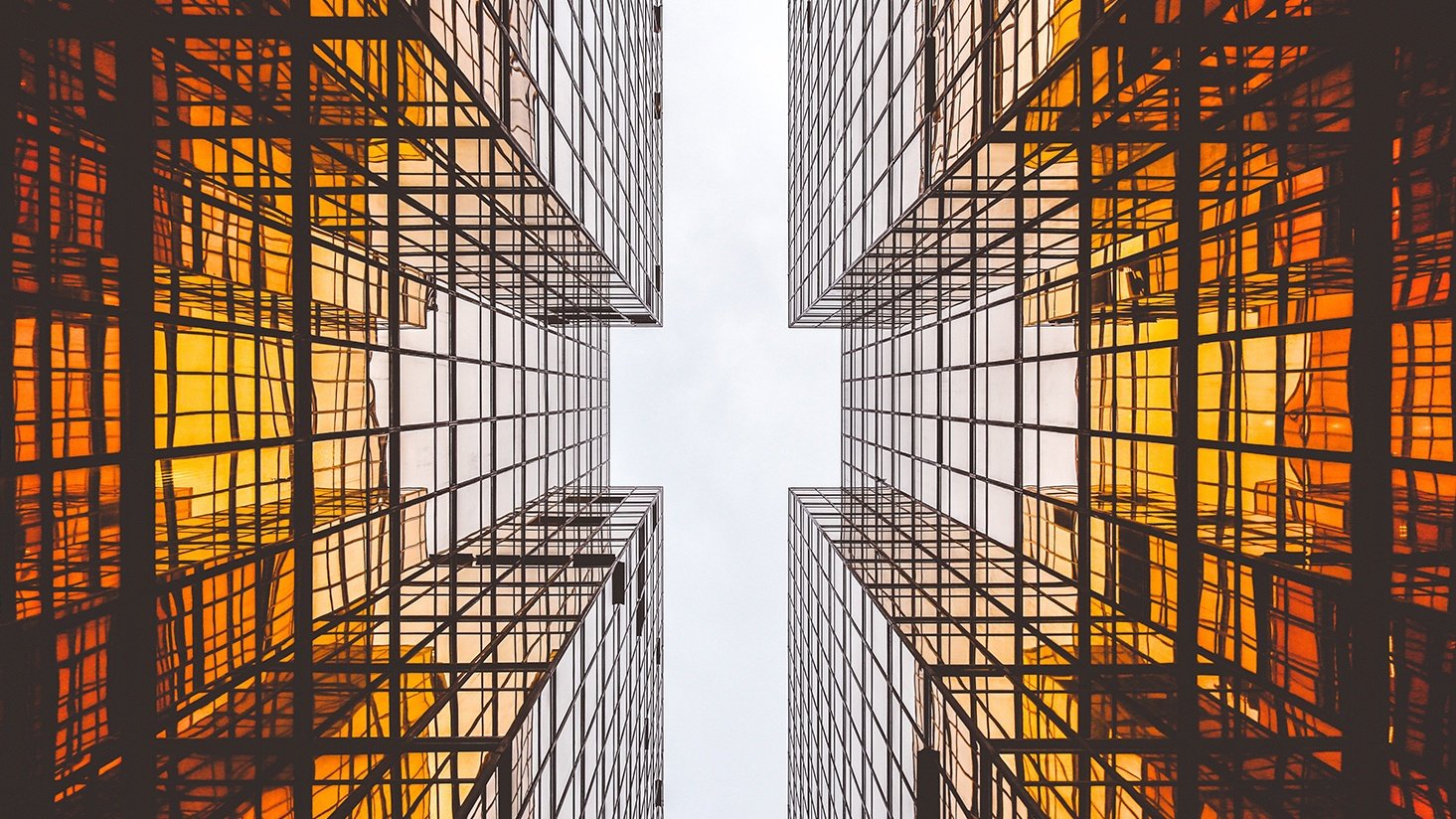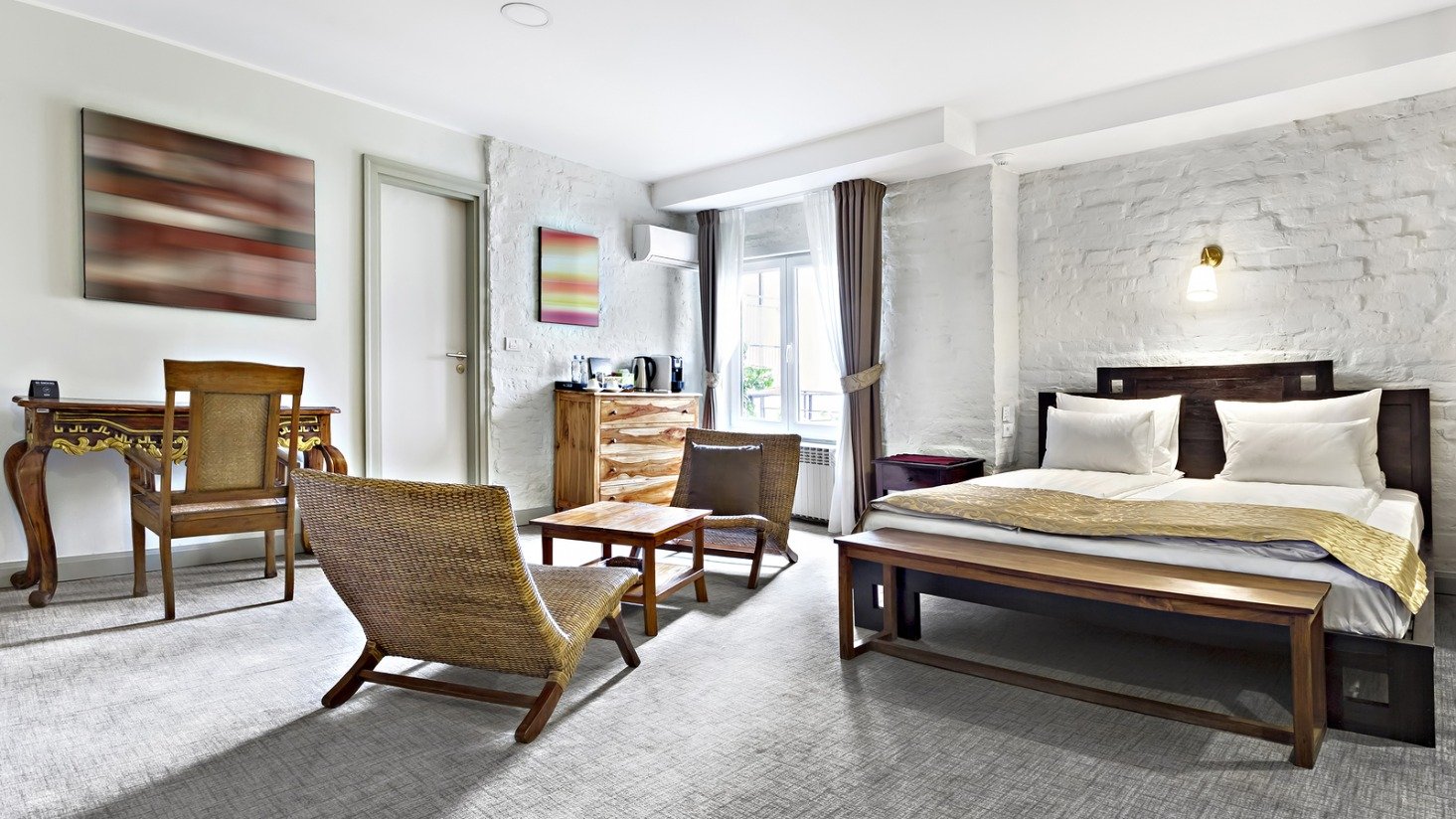Show your work: The plain truth behind lighting retrofit savings

Are you responsible for store design, facility maintenance, new construction projects, or energy costs for your company? Lighting is one of the most significant consumers of energy that, regardless of your role in your company, you probably have to deal with at some point. With the growth in LED, manufacturers all across the globe are promoting how much you can save by retrofitting to LED lighting, but why are their claims of savings so different? Can you trust the savings and the numbers they propose? Do the numbers seem too good to be true?
Transparency is critical when determining which manufacturers you should partner with. We have assembled a series of step-by-step guides for calculating savings and financial returns for your lighting projects. There are a number of factors to consider but we will do our best to light your way through the complexities. Here are some of the terms and calculations you may encounter and brief descriptions of what they mean.
Energy savings from lighting only
The most conservative calculation for energy savings when you are evaluating a lighting retrofit project is to look at the energy savings from the wattage reduction. This represents the bulk of the savings you will capture on most retrofit projects and it is also the most straightforward calculation. Further, it is to be trusted. It's plain science and math.
How much does lighting cost? Understanding the Total Cost of Lighting
Energy savings from heat reduction (less HVAC load)
Another potential area for energy savings on an interior lighting retrofit is the reduced load on your HVAC system due to lower wattage lighting. Fewer watts of lighting naturally result in less heat for the HVAC system to cool. Older incandescent and halogen bulbs put off a significant amount of heat. If you cool the space where you are retrofitting lighting, this is worth considering. Keep in mind that the savings only apply during months when you have to run air conditioning.
Material savings from long-life lighting products
A couple of the major benefits of LED lighting are long life and minimal maintenance. If you are replacing older technologies like incandescent, halogen or compact fluorescent that have a lifespan of 1,500 to 15,000 hours, you will likely save money from not having to buy replacement products nearly as often.
Labor savings from long-life lighting products
Since LED lighting has a typical lifespan of 35,000 to 100,000 hours, you may significantly reduce your cost of labor by not having to pay someone to replace burned-out products as often. This area of savings depends largely on how you maintain your building and how you divvy up the responsibility of commercial lighting maintenance.
Top resources for calculating energy savings
Return on investment (ROI) and payback
Tallying up a big savings number is fun, but return on investment and payback calculations convert savings to real benefit for your business. Since these numbers often go to the executive suite, we have a guide to help make these calculations clear.
One of the most important things you can do if someone shows you a savings estimate for a potential project is to ask for the step-by-step calculations as well as the assumptions that were used. The great news is that an investment in a lighting retrofit project very often yields a return on invested capital that far exceeds most companies available investment options.
Many of the companies we work with look at savings, operations, and paybacks differently.
You need a partner who will present the facts in a way that will help you cut through the fluff and get an executive summary you feel confident in – no smoke and mirrors.
Additional Resources:









